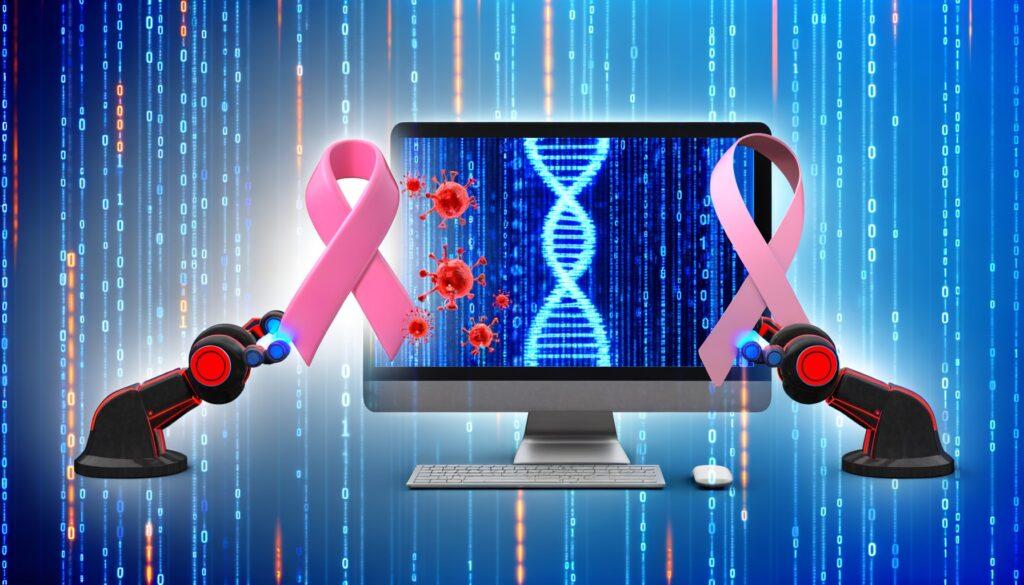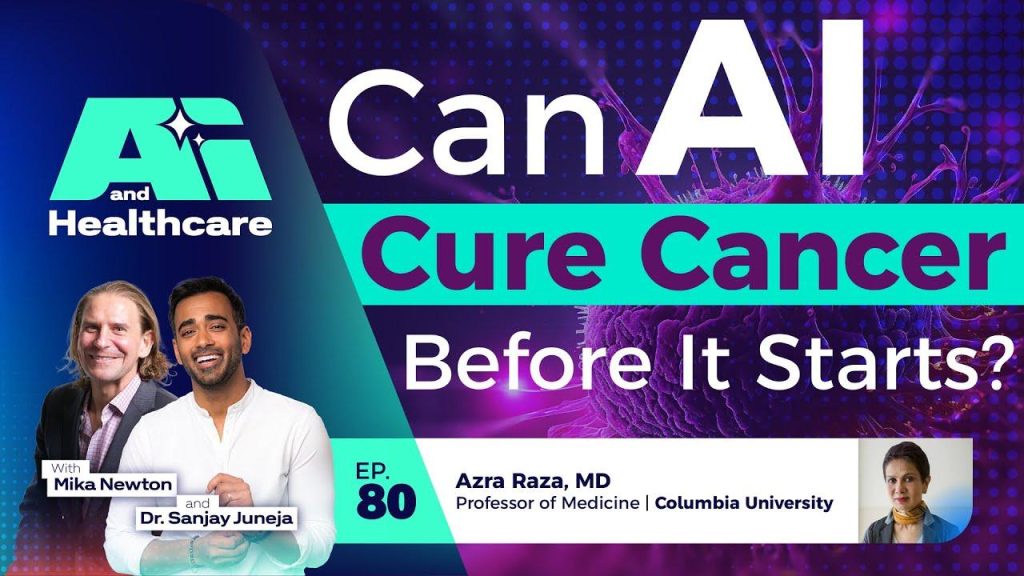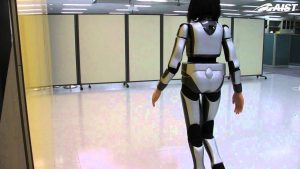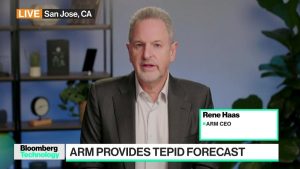In a groundbreaking discussion on the future of cancer treatment, Dr. Sunjay Janja, a prominent hematologist and medical oncologist, introduced a transformative approach that aims to revolutionize early detection and treatment of the disease. Joined by Dr. Azra Razza, an esteemed professor at Columbia University and expert in oncology with a focus on bone marrow and blood cancers, the conversation moved beyond conventional therapies to a critical examination of how identifying cancer at its nascent stage could substantially alter patient outcomes. Highlighting the potential to target and eradicate rogue cancer cells before they develop into complex tumors, Dr. Janja and Dr. Razza explored pioneering ideas in artificial intelligence and technology that could enhance our understanding and response to one of medicine’s most formidable challenges. As they delved into the intricacies of early detection, Dr. Razza shared her personal journey and the distinct perspective shaped by her immigrant background, emphasizing the urgency and hope that drive the quest for a cure.
Revolutionizing Early Detection Through AI and Human-Centric Approaches
Artificial intelligence is rapidly emerging as a pivotal tool in the quest for earlier and more accurate cancer detection. By leveraging advanced algorithms and machine learning models, researchers are developing systems that can analyze vast datasets, including genomic information, medical histories, and imaging results. These AI-driven solutions can identify subtle patterns and anomalies that may elude human experts. Essential aspects of this technology include:
- Predictive Analytics: AI can forecast which patients are at higher risk of developing cancer based on a multitude of factors, empowering personalized preventive strategies.
- Image Recognition: Sophisticated algorithms process imaging data, enhancing radiologists’ capabilities to detect tumors at initial stages more efficiently.
- Biomarker Discovery: AI aids in uncovering novel biomarkers that could serve as early indicators of malignancy, perhaps leading to groundbreaking diagnostic tests.
In addition to technological advancements, a human-centric approach is vital in ensuring these innovations are effectively integrated into healthcare systems.Collaborative efforts among oncologists, data scientists, and patient advocates are essential to tailor AI solutions that prioritize patient needs and experiences. Improving the educational resources available to healthcare professionals about these technologies ensures that they can interpret AI findings accurately and ethically. Moreover, creating support systems for patients to navigate these new advancements cultivates a high level of trust in AI technologies. Key strategies for fostering this human-centric focus include:
- Patient Involvement: Including patient feedback in the development of AI tools ensures that their preferences and concerns are adequately addressed.
- Interdisciplinary Collaboration: Engaging experts from various fields promotes a comprehensive understanding of both the scientific and emotional facets of cancer care.
- Obvious Dialogue: Clearly conveying the capabilities and limitations of AI technologies to patients helps manage expectations and enhances overall engagement.
Understanding the Biological Foundations of Cancer to Innovate Treatment Strategies
Exploring the cellular mechanisms underlying cancer not only illuminates the complexity of the disease but also paves the way for innovative interventions.At the core of cancer biology lies the concept of genomic instability, which fuels tumorigenesis and contributes to disease progression.By understanding how genetic mutations alter cellular behavior, researchers can design strategies to restore normal function or selectively target malignant cells. Additionally,the principles of tumor microenvironment interactions reveal how cancer cells hijack surrounding tissues to evade immune detection. This understanding opens possibilities for therapies that bolster the immune system’s natural ability to combat tumors.
Innovative treatment strategies are increasingly focusing on combination therapies that leverage the biological insights gained from cancer research. These strategies could involve integrating immunotherapies with targeted agents designed to work synergistically, thereby enhancing effectiveness while reducing the likelihood of resistance. Example approaches include:
- Targeted Radiotherapy: Utilizing precision delivery of radiation that aligns with specific genetic markers within tumors to minimize damage to healthy tissues.
- Gene Editing: Employing CRISPR and other technologies to correct the mutations responsible for tumor growth, potentially reversing the disease at a essential level.
- Adenovirus-based therapies: Using modified viruses that specifically target cancer cells without affecting normal tissue, harnessing the body’s natural defenses against tumors.
This approach not only showcases the potential for tailored treatments but also emphasizes the importance of personalized medicine in the fight against cancer.
The Role of Immigrant Perspectives in Advancing Cancer Research and Therapy
The participation of individuals with immigrant backgrounds in cancer research brings diverse viewpoints that enrich the scientific dialogue. These perspectives often stem from varying cultural understandings of health and illness, which can lead to innovative approaches in treatment and prevention. By integrating immigrant voices into research initiatives, we can identify unique risk factors, social determinants of health, and barriers to accessing care that might otherwise remain overlooked. Specific contributions include:
- Cultural Insights: Immigrant researchers can uncover cultural beliefs that influence health behaviors and treatment adherence, enhancing the relevance of public health campaigns.
- Access to Diverse Populations: These individuals may have connections to underrepresented communities, facilitating studies that address health disparities and improve generalizability of findings.
- Collaborative Networks: Their backgrounds often lead to international collaborations, fostering shared knowledge and resources that drive innovation in cancer research.
Moreover, integrating immigrant perspectives in clinical trials can ensure that new therapies are rigorously tested across diverse populations. This inclusivity not only enhances the scientific validity of research but also promotes equitable healthcare practices. Some essential strategies to support this inclusivity involve:
- Language Accessibility: Offering multilingual resources to reduce communication barriers and encourage participation from non-English speaking communities.
- Cultural Competence Training: Educating researchers and healthcare providers about cultural subtleties that may impact patient engagement and consent processes.
- Community Engagement: Actively involving community leaders in the design and implementation of research initiatives to enhance trust and participation.
Harnessing Technology for Early Intervention: The Future of Oncology
Advanced technologies are redefining the landscape of oncology by enabling proactive approaches through enhanced data analysis and real-time monitoring. As a notable example, wearable devices equipped with biosensors can continuously track physiological markers, providing invaluable data that informs potential cancer risk earlier than traditional methodologies would allow.This real-time tracking empowers healthcare providers to intervene at crucial stages. The role of technology in early detection can be amplified by:
- Genomic Sequencing: Comprehensive genomic profiling reveals inherited mutations that predispose individuals to certain cancers, facilitating tailored preventative measures.
- AI-Powered Risk Assessment Tools: These tools evaluate individual health data alongside vast medical databases to predict cancer susceptibility with unparalleled precision.
- Telemedicine Platforms: Facilitating easier patient access to specialists offers rapid consultations and continuous monitoring, crucial for at-risk populations.
Moreover, as technology evolves, it becomes increasingly critically important to ensure these innovations are accessible and equitable across diverse patient populations. Bridging the gap between advanced tools and real-world submission demands a focus on community health education and outreach programs. By fostering awareness and understanding of these emerging technologies, patients can better engage with their healthcare. Effective strategies to promote this inclusivity include:
- Community Workshops: Hosting interactive sessions that educate the public on the benefits and functionalities of new cancer detection technologies.
- Partnerships with Nonprofits: Collaborating with organizations that support underrepresented communities to distribute resources and increase technology accessibility.
- Feedback Mechanisms: Creating channels for patient feedback ensures that technology deployment aligns with community needs and expectations.























